7 Best Iron-Rich Foods to Prevent Anemia for All Ages

Feeling tired or weak? You might be low on iron. Discover 7 iron-rich foods like red meat, spinach, lentils, and dark chocolate that help prevent anemia, boost energy, and support overall health—perfect for all diets and ages.
Anemia is a condition where your body doesn’t have enough healthy red blood cells to carry oxygen to your tissues. In simpler terms, it means your blood is running low on the oxygen supply. As a result, you feel tired, weak, maybe even a little dizzy, exactly like your body’s on low power mode even after 8 hours of sleep.
If you've been feeling exhausted, moody, and ready to snap, don’t panic. You might not be turning into a maniac, you might just be anemic! The quick fixes for treating iron deficiency are as prevalent as anemia itself.
Also read: "Top 10 High Zinc-Rich Foods & Why They are Important"
Top 7 Iron-rich Foods to Prevent Anemia Disease
Here are 7 foods that can help prevent anemia for all ages.
1. Red Meat
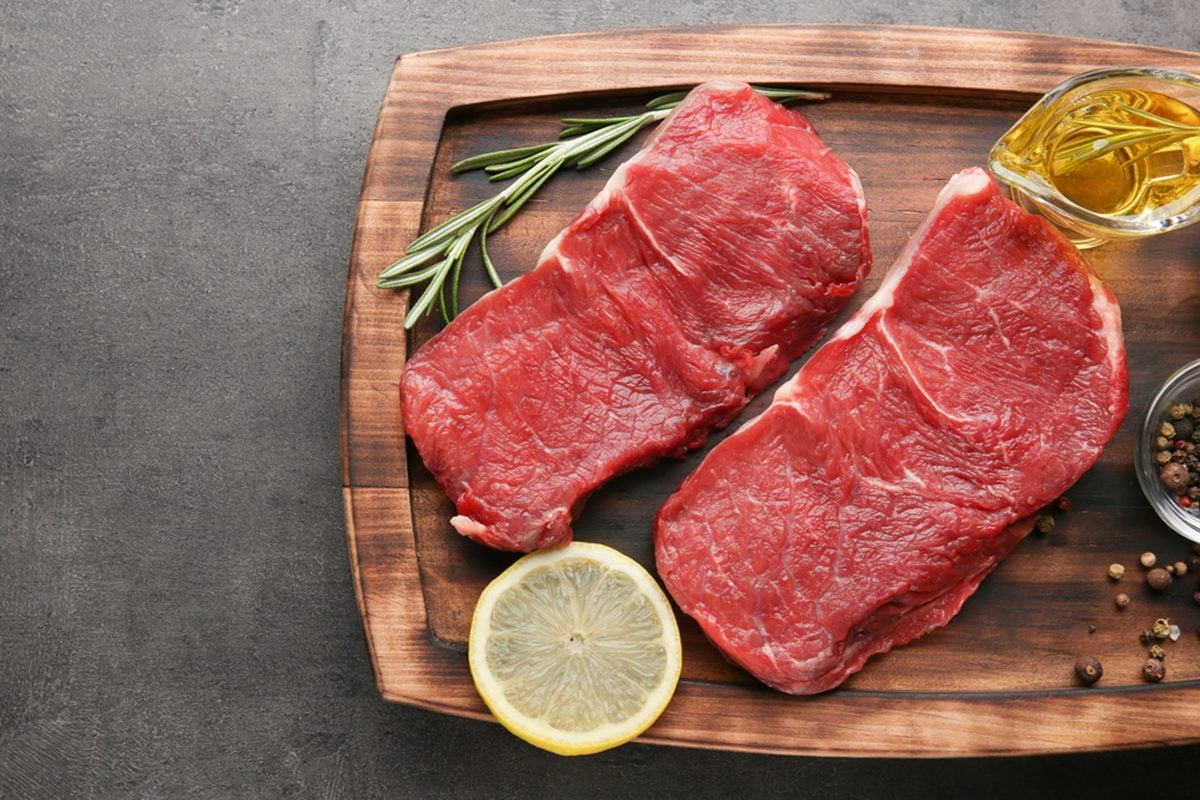
Benefits of Red Meat
Red meat, like beef, lamb, and organ meats (especially liver), is packed with heme iron that the body absorbs most efficiently. A small serving of beef (around 3 ounces or 85 grams) can offer about 2.1 mg of iron, but liver can offer much more—up to 6.2 mg per slice.
Beyond iron, red meat also provides high-quality protein, vitamin B12, and zinc, all of which support energy production, muscle repair, and immune health. It’s especially beneficial for women with heavy periods, children going through growth spurts, and older adults at risk for nutritional deficiencies.
How to add it to your diet?
Go for lean cuts, and don’t overcook to retain nutrients. Try beef curry, kebabs, or grilled steak with sautéed greens for a balanced, iron-rich meal.
2. Spinach
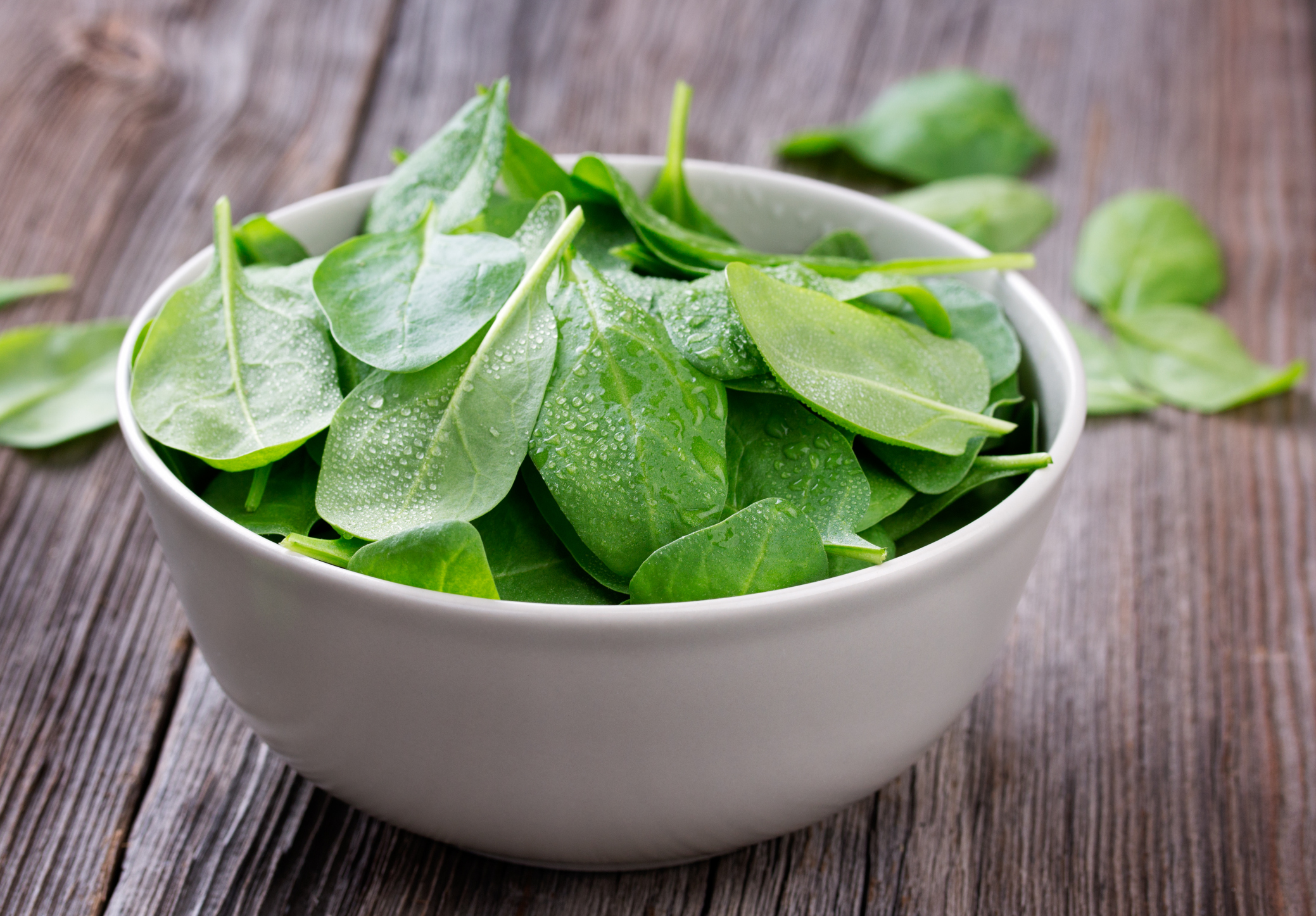
Benefits of Spinach
Spinach is a leafy green hero that serves up about 6.4 mg of non-heme iron per cooked cup. It’s low in calories, high in fiber, and rich in vitamin K, folate, and antioxidants like lutein, which support eye health and reduce inflammation.
Because plant-based iron is harder for your body to absorb, it’s best to pair spinach with a source of vitamin C (like lemon juice, tomatoes, or bell peppers) to enhance absorption.
How to add it to your diet?
Add spinach to smoothies, omelets, lentil soups, or make a creamy spinach saag with roti. It’s a great way to sneak in iron for picky eaters.
3. Lentils
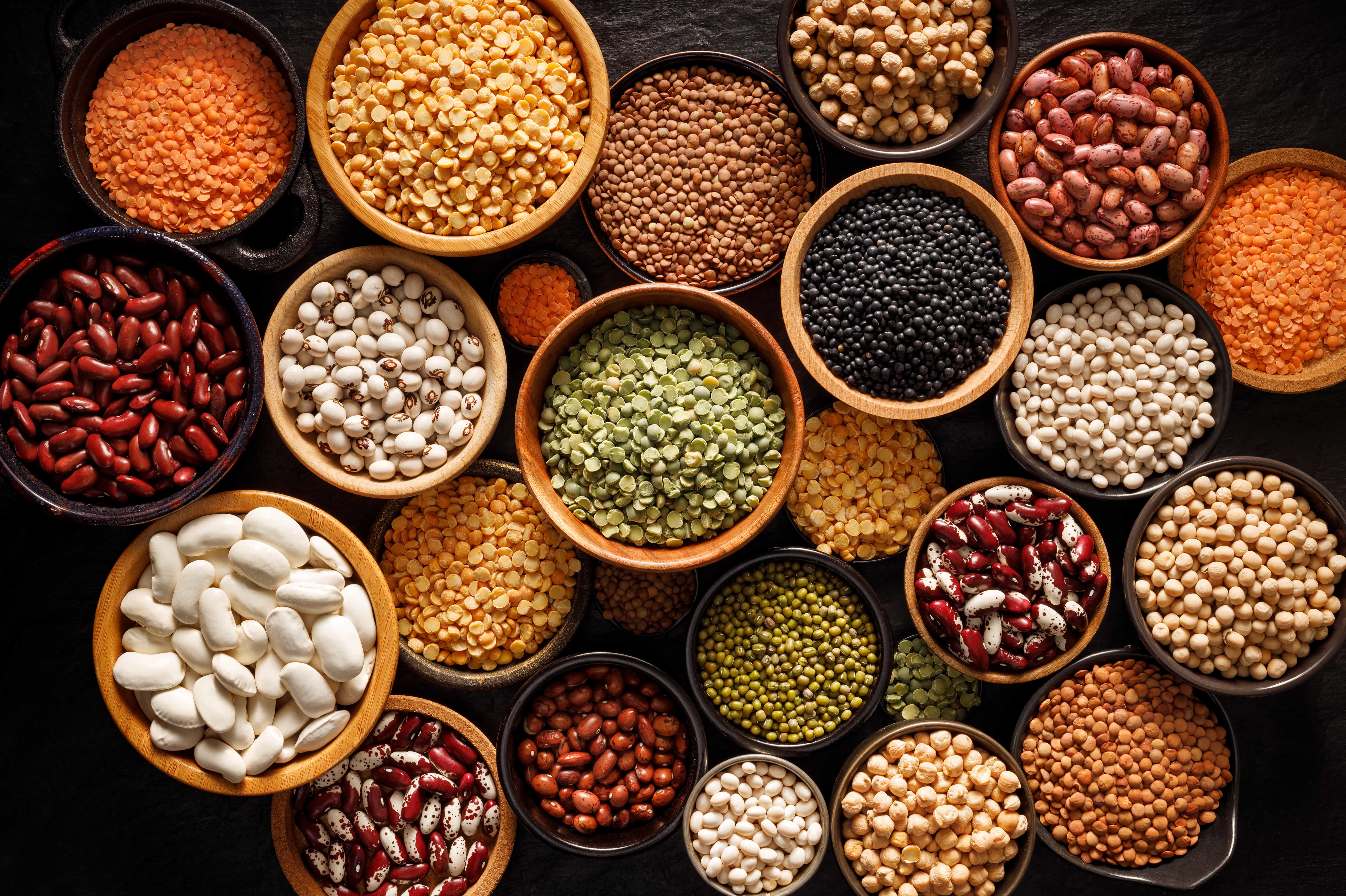
Benefits of Lentils
Lentils are an iron-packed plant protein, offering around 6.6 mg of iron per cooked cup. They're also full of fiber, folate, and complex carbs that keep you feeling full and energized. Lentils are heart-healthy, help regulate blood sugar, and are a staple in many cultures, from daal in South Asia to lentil stews in the Middle East.
They’re ideal for vegetarians, budget-conscious eaters, and anyone looking for a hearty yet healthy meal option.
How to add it to your diet?
Pair lentils with rice and a side of veggies to create a complete protein meal. You can also make lentil patties, soups, or even mix them into wraps.
4. Pumpkin Seeds
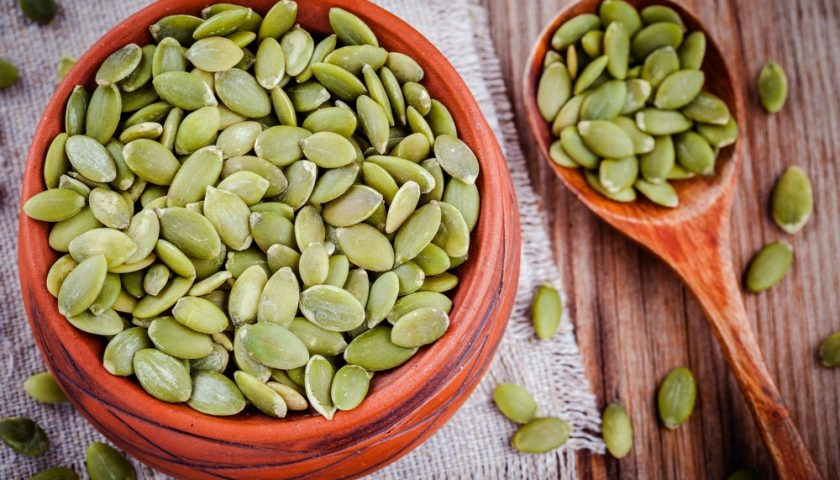
Benefits of Pumpkin Seeds
These crunchy little seeds are a small snack with big benefits. Just one ounce (about 2 tablespoons) contains 2.5 mg of iron, along with protein, healthy fats, magnesium, and zinc. Magnesium helps reduce fatigue and cramps, while zinc supports immunity.
They’re especially helpful for kids who need healthy school snacks or adults who want an iron boost without cooking a full meal.
How to add it to your diet?
Roast pumpkin seeds at home with a dash of sea salt or cinnamon. Sprinkle them on yogurt, oatmeal, salads, or blend them into energy bars.
5. Dark Chocolate
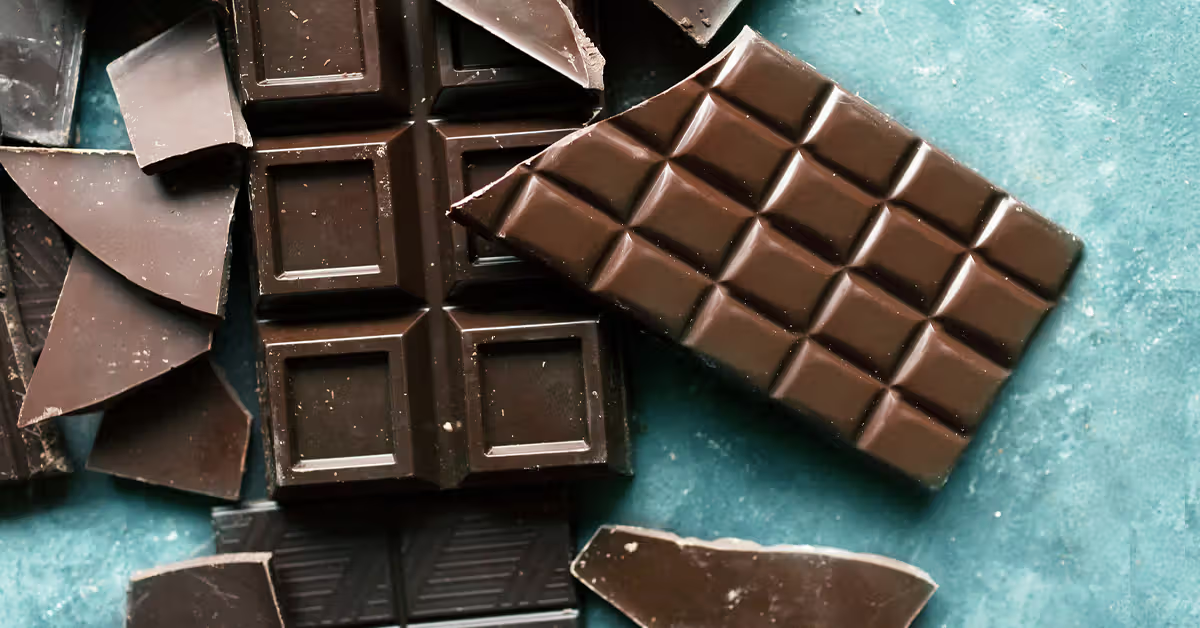
Benefits of Dark Chocolate
Chocolate can be good for you only when it’s dark and minimally processed. A 100-gram bar of dark chocolate (70–85% cocoa) contains up to 12 mg of iron, making it one of the richest iron sources in the sweet category.
It also contains magnesium, copper, and antioxidants called flavonoids, which support heart and brain health. Just be sure to enjoy it in moderation to avoid excess sugar and fat.
How to add it to your diet?
Choose high-quality dark chocolate, and enjoy a few squares as a dessert, melt it into hot cocoa, or shave it over fruit for an iron-boosting treat.
Also learn: "15 Top Vitamin-E rich Foods for Skin, Hair, & Nails - Benefits, Usage, & More"
6. Quinoa
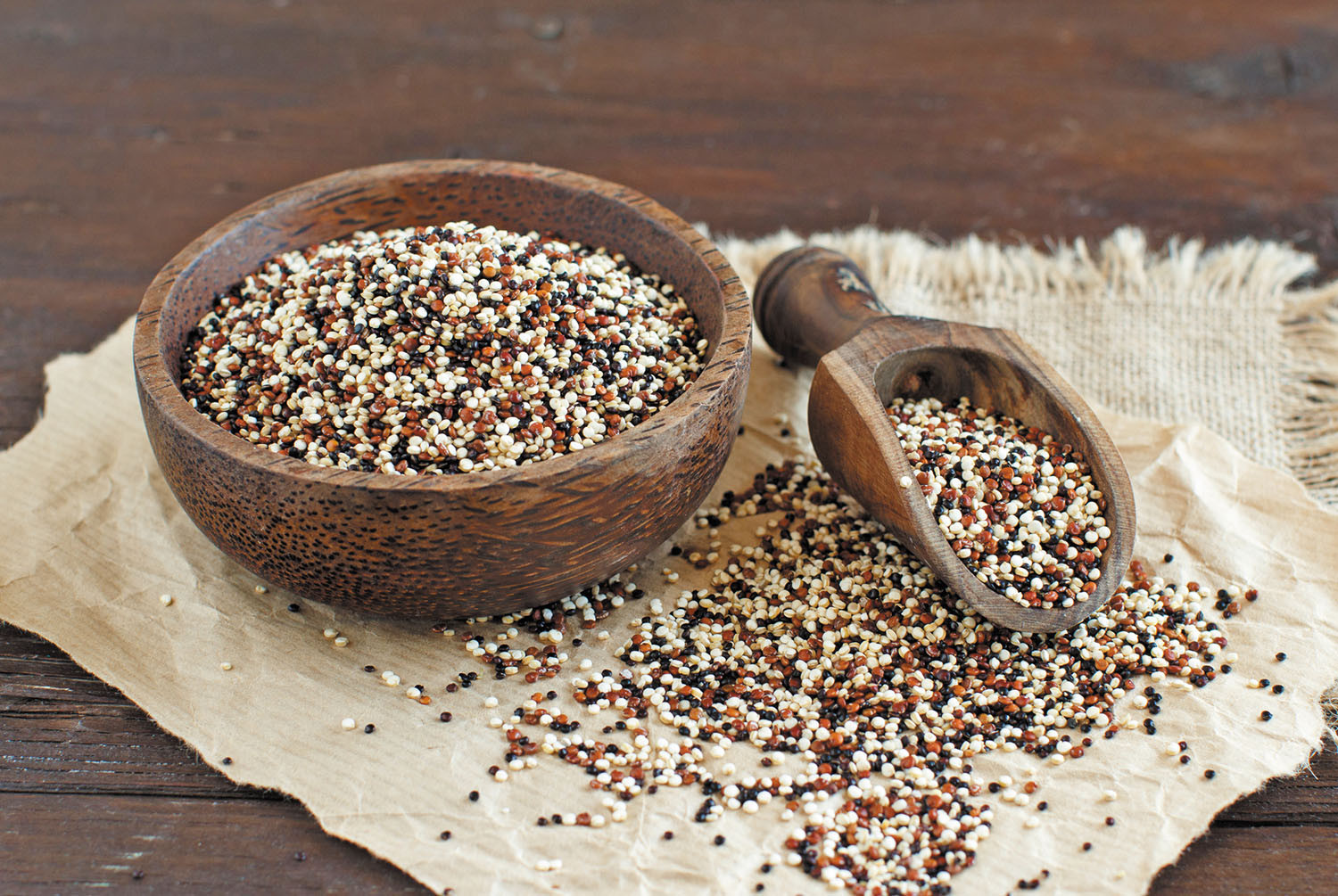
Benefits of Quinoa:
Quinoa isn’t just a protein-packed grain; it’s also a great plant-based source of iron, offering about 2.8 mg per cooked cup. It contains all nine essential amino acids, making it a complete protein, and it’s naturally gluten-free.
Quinoa also provides fiber, magnesium, and manganese, nutrients that support metabolism, blood sugar control, and red blood cell production.
How to add it to your diet?
Use quinoa instead of rice in pulao, stuff it into bell peppers, or make a quinoa salad with beans, herbs, and a lemon vinaigrette for extra vitamin C.
7. Chickpeas
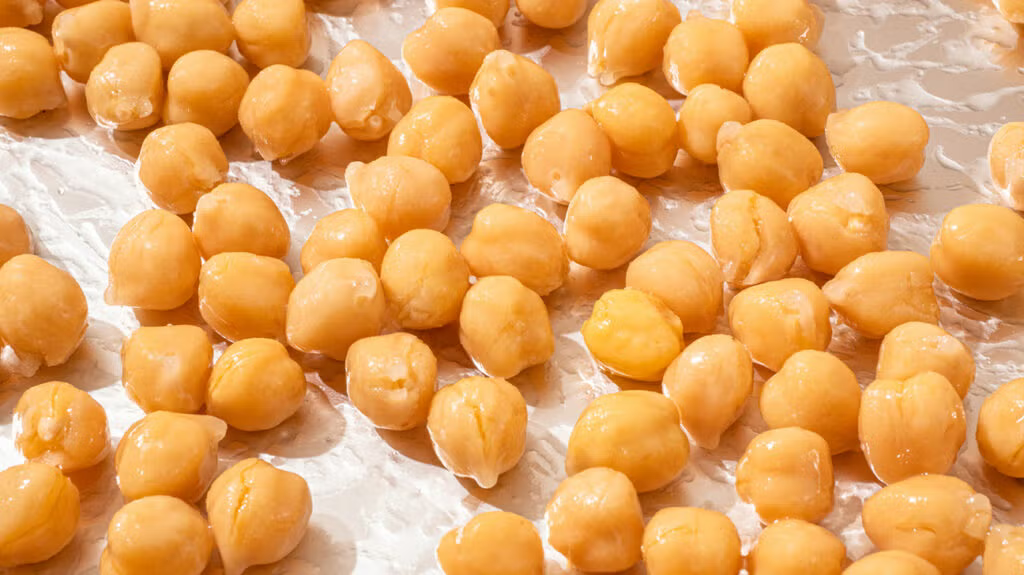
Benefits of Chickpeas
Chickpeas are a delicious way to boost your iron intake, with about 4.7 mg of iron per cooked cup. They’re also rich in protein, fiber, folate, and slow-digesting carbs that support energy levels throughout the day.
Chickpeas are incredibly versatile: roast them for snacks, mash them into hummus, toss them into curries, or stir them into salads.
How to add it to your diet?
Combine chickpeas with lemon juice or tomatoes to boost iron absorption. Try chana masala, roasted masala chickpeas, or hummus with veggies.
You may also like to read: "Top 10 Ways to Boost Your Immune System: Doctor-recommended Tips"
Final Thoughts
Iron is vital for producing hemoglobin—the protein that helps your blood carry oxygen. When you don’t get enough, your whole body feels the drag. Luckily, adding these delicious, iron-rich foods into your routine can make a big difference. Whether you eat meat, follow a vegetarian diet, or just want to feel more energized, there’s something here for everyone.
Talk to a licensed online doctor or the best nutritionist near you from all major cities of Pakistan, including Lahore, Islamabad, and Karachi, through Apka Muaalij. Book your consultation today by visiting the website or calling the quick support team (042) 32380001.
Frequently Asked Questions (FAQs)
1. Which food has the highest iron content?
Dark chocolate and red meat are among the highest in iron.
2. Can iron-rich foods help prevent anemia?
Yes, they boost hemoglobin and red blood cell production.
3. Is spinach good for iron deficiency?
Yes, cooked spinach is high in non-heme iron.
4. Are lentils a good source of iron?
Yes, 1 cup of cooked lentils has around 6.6 mg of iron.
5. What snacks are rich in iron?
Pumpkin seeds and dark chocolate are great iron-rich snacks.
6. How can I increase iron naturally?
Eat iron-rich foods and pair them with vitamin C for better absorption.
Book Appointment with the best
'Hematologist'
Dr Mujahid Ali
Dr Mujahid Ali is a distinguished Urdu writer with a prolific portfolio of blogs and articles that delve into the intricacies of language and culture. With years of experience in the field, her expertise is sought after by readers and institutions alike.
